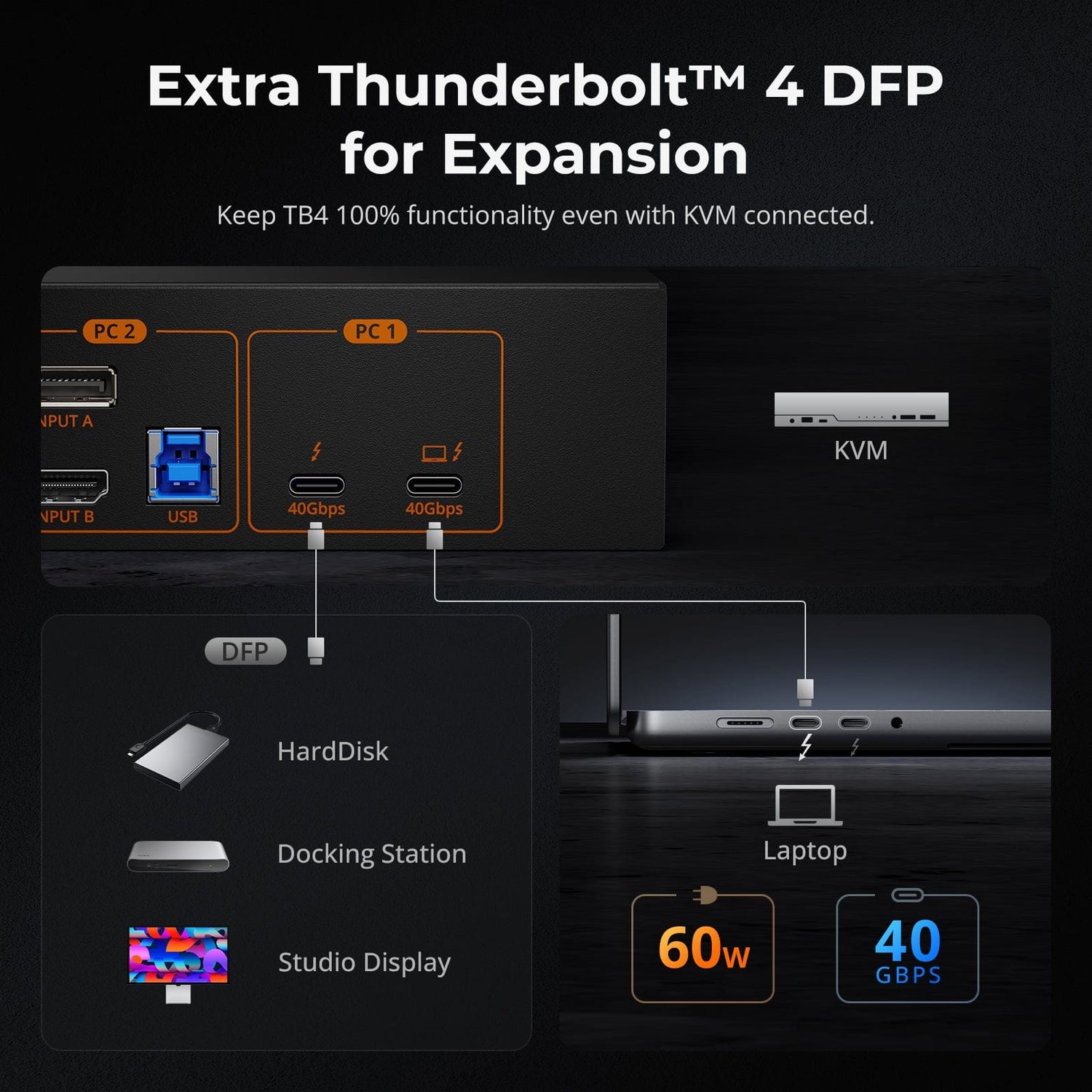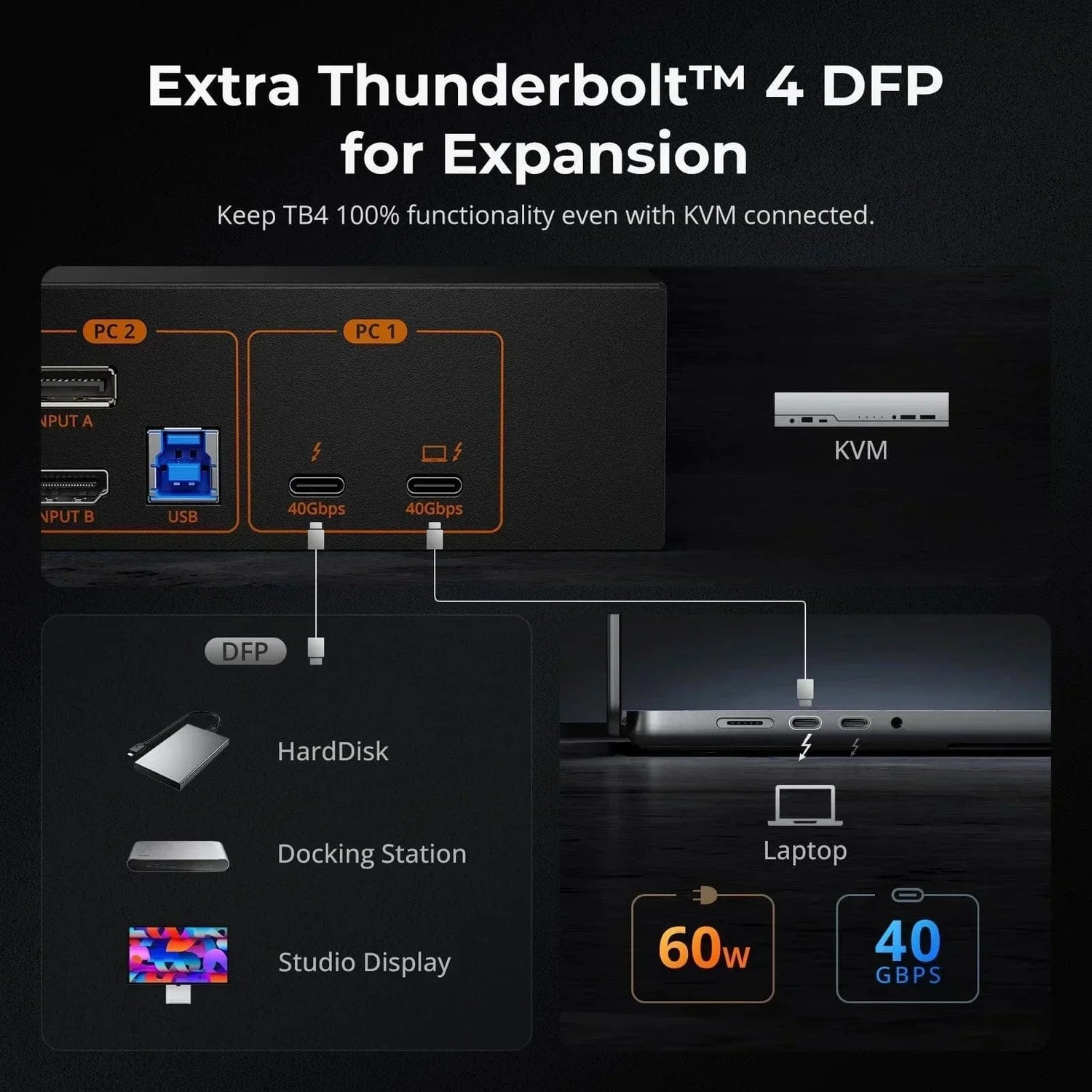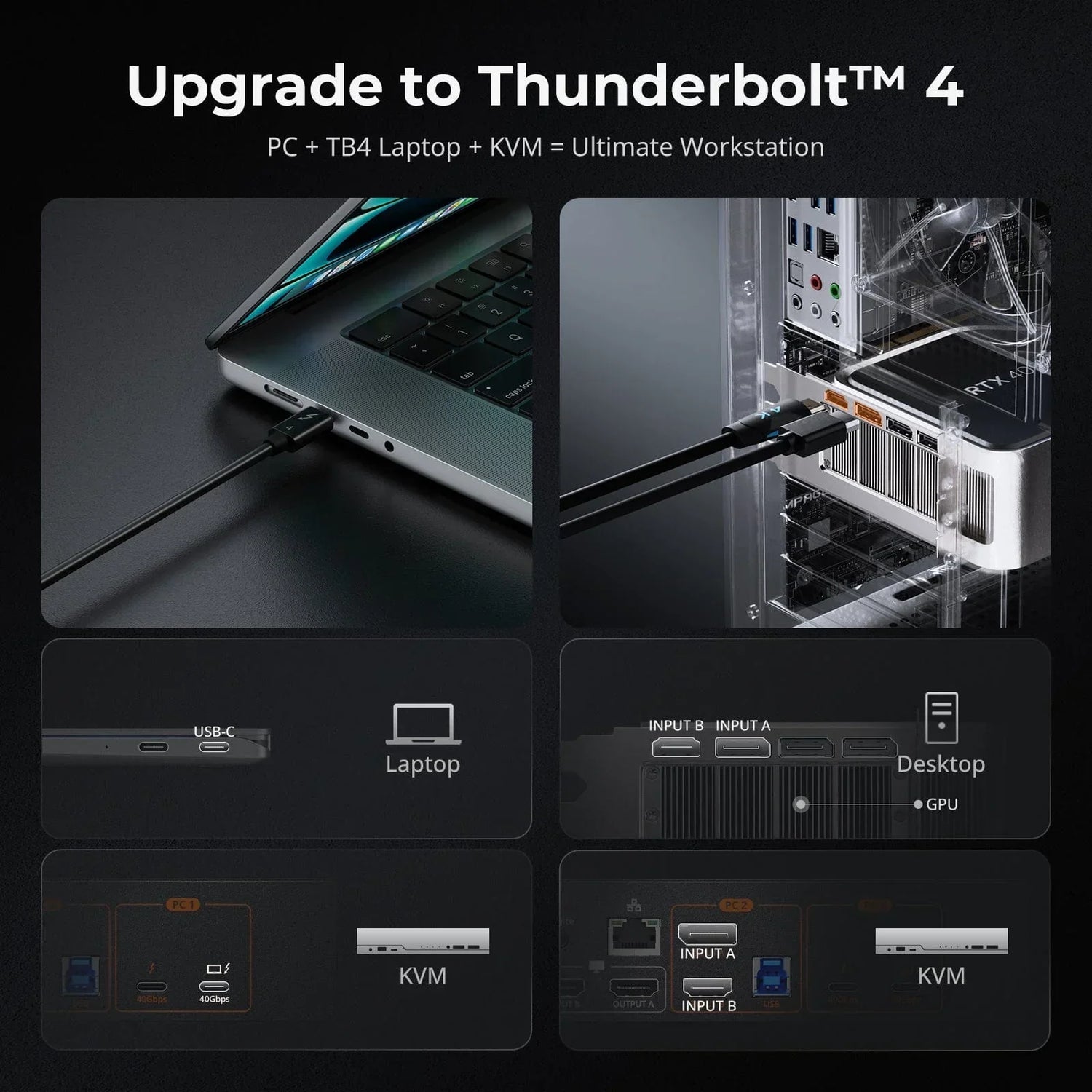The trend of 8K resolution is growing steadily. More 8K TVs and monitors are becoming available at lower prices, making them accessible to more people. Content creators and streaming services are also starting to produce and offer 8K content. The market is expected to grow as more industries, like gaming and virtual reality, adopt 8K for its superior clarity and detail. But what exactly is 8K resolution? Do you really understand the concept and the differences that 8K will bring to your viewing experience? Dive into this guide to learn all about 8K resolution.
The Concept of 8K Resolution
Resolution in the context of digital displays and images refers to the number of pixels that make up the image on the screen. It is typically represented as width x height (e.g.1920 x 1080). The higher the resolution, the clearer and sharper the image or video becomes. The image or video resolution is commonly denoted by an abbreviation that typically indicates its height only. For examples, 720p (HD), 1080p (FHD), and 4K (UHD).
*Pixel, short for picture element, is the smallest unit of a digital image or display. It is a tiny dot or square of color that, when combined with many others, forms the complete image we see on screens like computer monitors, smartphones, and televisions.
|
720p=1280x720 pixels |
1080p=1920x1080 pixels |
4K=3840x2160 pixels |
Like the above multiplied results, 8K is the resolution that offers 7680x4320 pixels, containing approximately 33,177,600 pixels, which is four times more pixels than 4K. There are two variations of 8K resolution—standard 8K and 8K DCI. The former one is the one we are discussing in the article, which maintains a 16:9 aspect ratio and is commonly found in computer monitors and modern TVs. The latter is also known as Digital Cinema Initiatives, a resolution standard for digital cinema projection with a wider aspect ratio than the standard 8K, which is 8192 x 4320 pixels.

Applications of 8K Resolution
1. 8K Resolution TV
8K TVs are the latest advancement in television display technology, offering an incredibly high resolution and an immersive viewing experience. With a resolution of 7,680 by 4,320 pixels, totaling 33 million pixels, 8K TVs provide sharper and more detailed picture quality, with four times the pixel resolution of 4K TVs.
To fully utilize your 8K TV's capabilities and enjoy content in native 8K resolution, access to 8K content is necessary. While some streaming services and specialty channels offer limited 8K content, it remains relatively rare compared to lower resolutions like 4K or 1080p.
However, there is one technology, upscaling, used by high-resolution TVs, such as 4K and 8K models, to improve the appearance of lower-resolution content. Another fact is that, since 8K technology is still relatively new, the TVs and monitors that support it are typically the latest models with the most advanced features. Consequently, these devices often include quick refresh rates, high dynamic range (HDR), and wide color gamut (WCG), which may be more crucial for overall image quality than resolution alone.
You could indeed use such 8K TV in board meetings, product launches, client presentations, and team training, especially in a large conference room. The higher resolution allows for larger screens to be viewed comfortably from closer distances, enhancing the overall viewing experience.
2. 8K Resolution Monitor
When talking about 8K monitors, distinctions arise in purpose, size, features, and availability. 8K TVs, designed for home entertainment, offer larger sizes and smart TV functionalities, making them suitable for immersive experiences from a distance. Conversely, 8K monitors cater to professional tasks, featuring smaller sizes, advanced display technologies, and specialized ports (DP 2.1, HDMI 1.4) for precise rendering at close range.
8K monitors could be great for watching movies or playing games in the future, but right now, they don't work well with popular graphics cards like NVIDIA’s GeForce RTX™ 4090 and AMD’s Radeon™ RX 7900XT. While they are powerful GPUs capable of supporting 8K gaming, the actual gaming experience at this resolution may vary depending on various factors and the specific demands of individual games.
3. 8K Resolution Camera
Cameras also calculate resolution by measuring the number of individual pixels that make up an image. But the resolution of a camera is typically expressed in terms of megapixels (MP), which represents one million pixels. An 8K camera typically has a resolution of around 33 megapixels (MP). The 8K cameras are capable of delivering exceptionally clear video results. Several leading brands have begun manufacturing these high-resolution cameras, such as Sony AI and Nikon Z9.
An 8K camera offers outstanding image quality across various applications, including video production, photography, VR, live broadcasting, and scientific uses. Its ability to capture scenes with exceptional clarity makes it essential for creators, innovators, and storytellers aiming to enhance visual storytelling and accurately document the world.
Is 8K Resolution Really Worth it?
The value of 8K resolution depends on your specific needs and preferences. While it offers incredibly high image quality and detail, whether it's worth it for you depends on factors like the content you create or consume, the viewing environment, and your budget.
For some professional applications, like high-end video production or scientific research, the precision of 8K can be indispensable. However, for everyday use or casual viewing, the difference between 8K and lower resolutions may not be as noticeable or necessary.
But the ability of 8K monitors to upscale lower-resolution content can indeed enhance the viewing experience by leveraging the extra pixels effectively. This means that even if native 8K content is limited, users can still enjoy improved visuals with existing content like 4K Blu-rays or streaming services like Netflix.
Moreover, since 8K technology is still evolving, devices that support it often come with other advanced features like quick refresh rates, high dynamic range (HDR), and wide color gamut (WCG). These features can contribute significantly to overall image quality, sometimes even more so than resolution alone. Therefore, investing in an 8K display not only future-proofs your setup for upcoming content but also ensures access to cutting-edge display technologies that can enhance the viewing experience across various types of content.
TESmart 8K KVM Switch Recommendation
If you have an 8K TV or monitor and multiple PCs, constantly plugging and unplugging cables to switch between devices can be a hassle. TESmart HKS401-M23 8K KVM switch is the perfect solution, allowing you to connect up to four input sources and seamlessly switch to one output source. With support for resolutions up to 8K (4320p)@60Hz and backward compatibility with 4K (2160p)@60Hz/120Hz/144Hz, you can enjoy ultra-high-definition content without compromising on quality. The built-in ADI chip ensures stable performance and fast signal switching, making it ideal for both professional setups and gaming enthusiasts.
It also features Dynamic HDR, HDR10+, Dolby Vision, VRR, FVA, and ALLM to minimize screen tearing, stuttering, and input lag for a smoother gaming experience. Additionally, the built-in USB 3.0 hub enables sharing of peripherals like 4K webcams and game controllers between two PCs or consoles, with a front panel USB 3.0 port providing 7.5W charging. Experience seamless switching with zero delay, ensuring immediate availability of all connected devices and a flawless user experience.
Conclusion
Whether 8K resolution is worth it depends on what you need it for. If you're a professional who relies on top-notch image quality, like in video production or scientific research, 8K could be a game-changer. But for everyday use, the difference might not be worth the investment for everyone, especially considering the limited 8K content available. Still, 8K displays can enhance lower-resolution content and come with other advanced features, so they might be worth it if you're looking for cutting-edge tech and future-proofing your setup.








